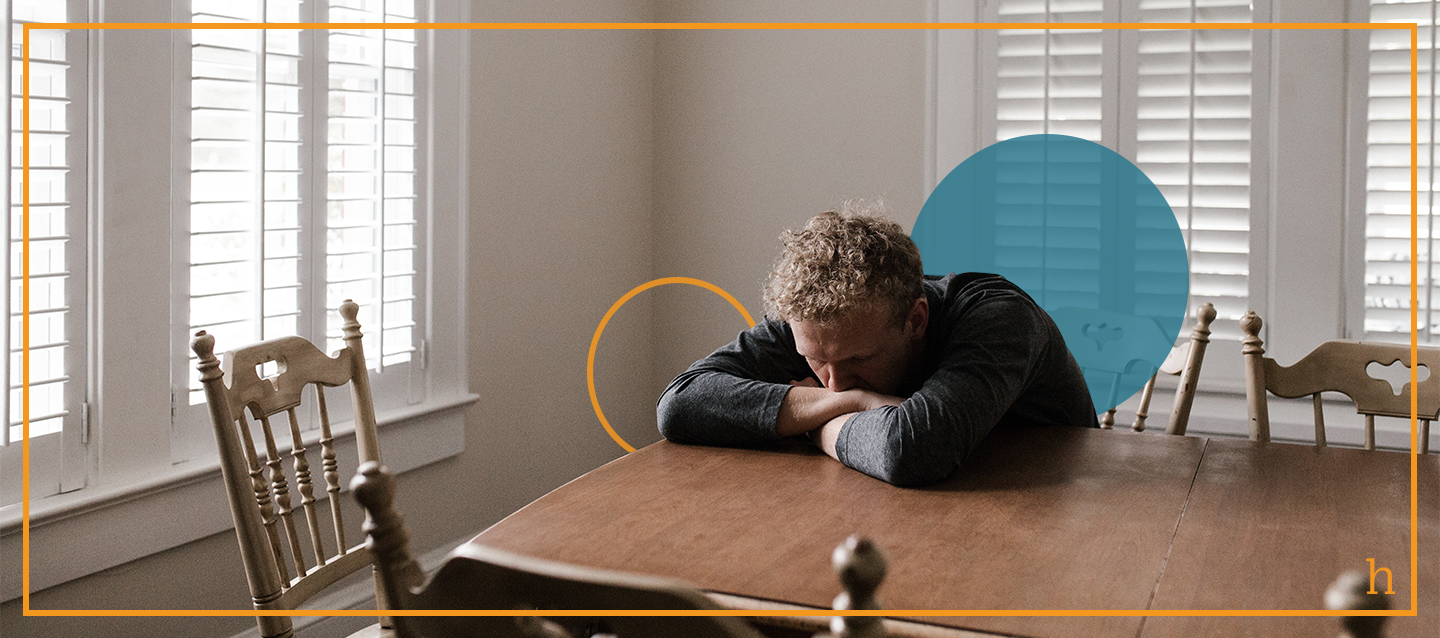Hopelessness is defined as the feeling or state of despair — or, simply put, the absence of hope. When you feel hopeless, you might think that things won’t improve for the better or that you’ll always be as stuck, unfulfilled, or unhappy as you currently feel. Hopelessness can feel like sadness, apathy, despair, emptiness, or helplessness. Hopelessness can be triggered by various factors, including but not limited to: job loss/dissatisfaction, chronic exposure to stressful situations, chronic illness, existential crisis, financial challenges, and changes in relationships. Research has even demonstrated that hopelessness is one of the most commonly cited factors for risk of suicidal behavior. In addition to impacting our mental health, hopelessness can also manifest in our bodies by triggering physical symptoms of agitation, fatigue, insomnia, and changes in weight or appetite.
I can’t begin to count the number of clients, friends, and family members who have described these exact feelings and thoughts in conversation — particularly within the last few years. Even the simple act of opening a newspaper or turning on television might trigger feelings of hopelessness, reminding us that we live in increasingly chaotic and (as they say) wildly unprecedented times. Between these societal woes and our personal ills, it’s no wonder that so many of us feel like it’s tough to catch a break. As we collectively gasp for air, we’re in desperate need of an outlet to expel our despair and replace it with a renewed sense of optimism.
The benefits of holding hope
When you feel hopeless, it might be difficult to even imagine that things can get better. It’s important to remember that hopelessness is a feeling that, like any other, is transient and replaceable. Developing hope requires a shift in mindset. The first thing to do is to reiterate that there is a way out and that things will improve. By simply being able to challenge that initial state of dejection, you’re primed to expect more optimistic outcomes — and, in turn, increase the likelihood that you’ll actually see positive results.
As a therapist, I realize that a mindset shift can feel overwhelming. Below are some simple ways to start putting your hopefulness into practice:
- Practice gratitude. Whether through journaling, meditation, or another activity of your choice, there are many ways to practice gratitude. Gratitude is about being thankful for the things in your life that you otherwise take for granted in the midst of the chaos. If you're feeling hopeless, consider beginning your day with 3-5 things you are grateful for as part of your morning routine. When we make a conscious effort to practice gratitude, we are able to realize just how much good there is around us and within us.
- Incorporate mindfulness meditation/practices in your daily routine. Mindfulness is achieved by focusing your awareness on the present moment while simultaneously acknowledging your feelings, thoughts, and bodily sensations. Mindfulness can be completed as a meditation, but you can also incorporate mindfulness into daily activities such as preparing/eating a meal, practicing yoga, or taking a walk around your neighborhood. Remaining in the present moment is a proven technique to reduce anxious thoughts and depressive symptoms. Mindfulness is known to increase your general life satisfaction, happiness, optimism, and sense of harmony.
- Connect to your “power source” every day. Whether you believe you’re guided by a higher power or simply the strength of your own spirit, maintaining a daily connection with your power source is another crucial way to combat hopelessness. Amidst an ever-shifting world, grounding yourself in that source during times of distress can offer encouragement, comfort, and relief from anxiety about the unknown. Consider guided belief statements, meditations, nature walks, or any other spiritual practices that align with your value system.
- Limit your social media usage. I admit, this one is hard but necessary. Within the past few months alone, the media has been saturated with coverage of disasters that seem to threaten our sense of safety and security everywhere. Maslow’s Hierarchy of Needs teaches us that basic safety needs should be satisfied before addressing higher-level ones. With every new senseless tragedy we consume, our nervous systems become strained and our fundamental sense of stability is diminished. In addition to reducing social media usage, consider intentionally cultivating more experiences that promote your overall sense of peace and security — such as setting aside distinct spaces of relaxation and sanctuary within your home and scheduling regular meet-ups with friends.
- Speak to a trained professional. If it’s within your means, consider speaking with a mental health practitioner to gain support in identifying both internal and external coping strategies for the stressors in your life. Licensed therapists are skilled in a variety of techniques that can effectively address your concerns, no matter how big or small.

